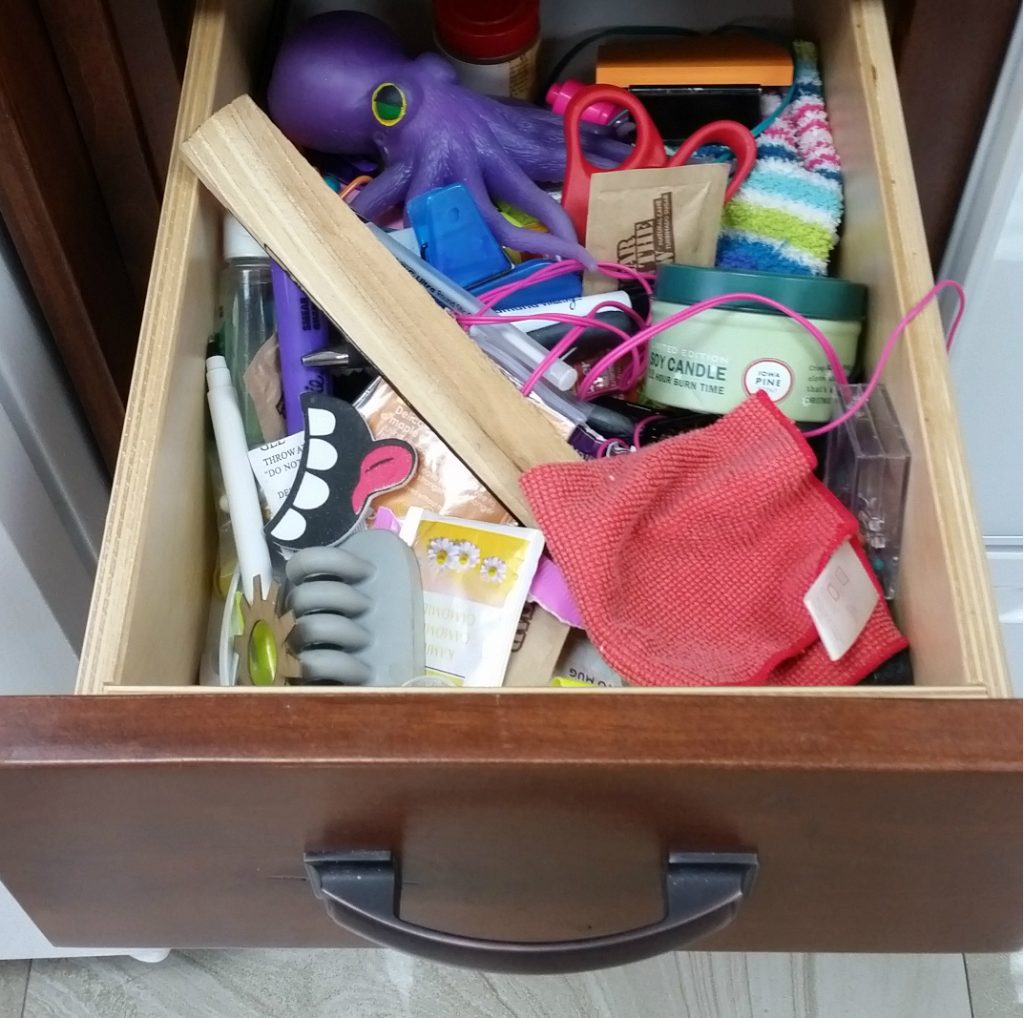Lately I’ve been considering how much time I spend in front of my smartphone and wondering if it really is addiction. And then I started reading a lot of articles about how tech companies have essentially made us addicted to our devices so we spend more time on them! The manipulations are endless. I suppose now some of the tech companies feel some moral responsibility and you can get an app that tracks how much time and what you’re using on your device. Yet another thing to get addicted to, viewing and usage stats. Some of the apps will also allow you to set a daily time limit on activities where you are wasting your time e.g., scrolling through social media feeds. Check out Moment here.
So we need an app on our device to show us how addicted we are to it. How ironic. I’ve resisted installing an app to track my usage for a number of reasons. First of all, I don’t like to voluntarily track things about my personal habits that get stored with 3rd party providers. Secondly, I don’t want to know. If I feel like I’m wasting time using my phone too much, I put it away for a few hours and turn it to silent.
In some ways, I know I’m addicted to my smartphone. When I started reading more about the addiction and the tech companies’ solutions, i.e., more addicting technology, I decided to approach the problem in an analog way. I started observing when I was using my smartphone and for what reason. I made a conscious decision that I wouldn’t look at my phone when I was in motion, unless I was on transit or waiting for it. Looking at my phone while I was walking around the city definitely felt like addictive behavior. Now I wait until I’m someplace where I can focus on whatever it is I need to do on my phone.
Other times, I’m using my smartphone to work. Or to read news and articles. Reading on a smartphone is convenient. Otherwise I would be leafing through large sections of newspaper which are cumbersome to read on the go and leave my fingertips black.
I also use my smartphone to keep track of my calendar, task list and grocery list. Is this feeding my addiction, or just being efficient?





